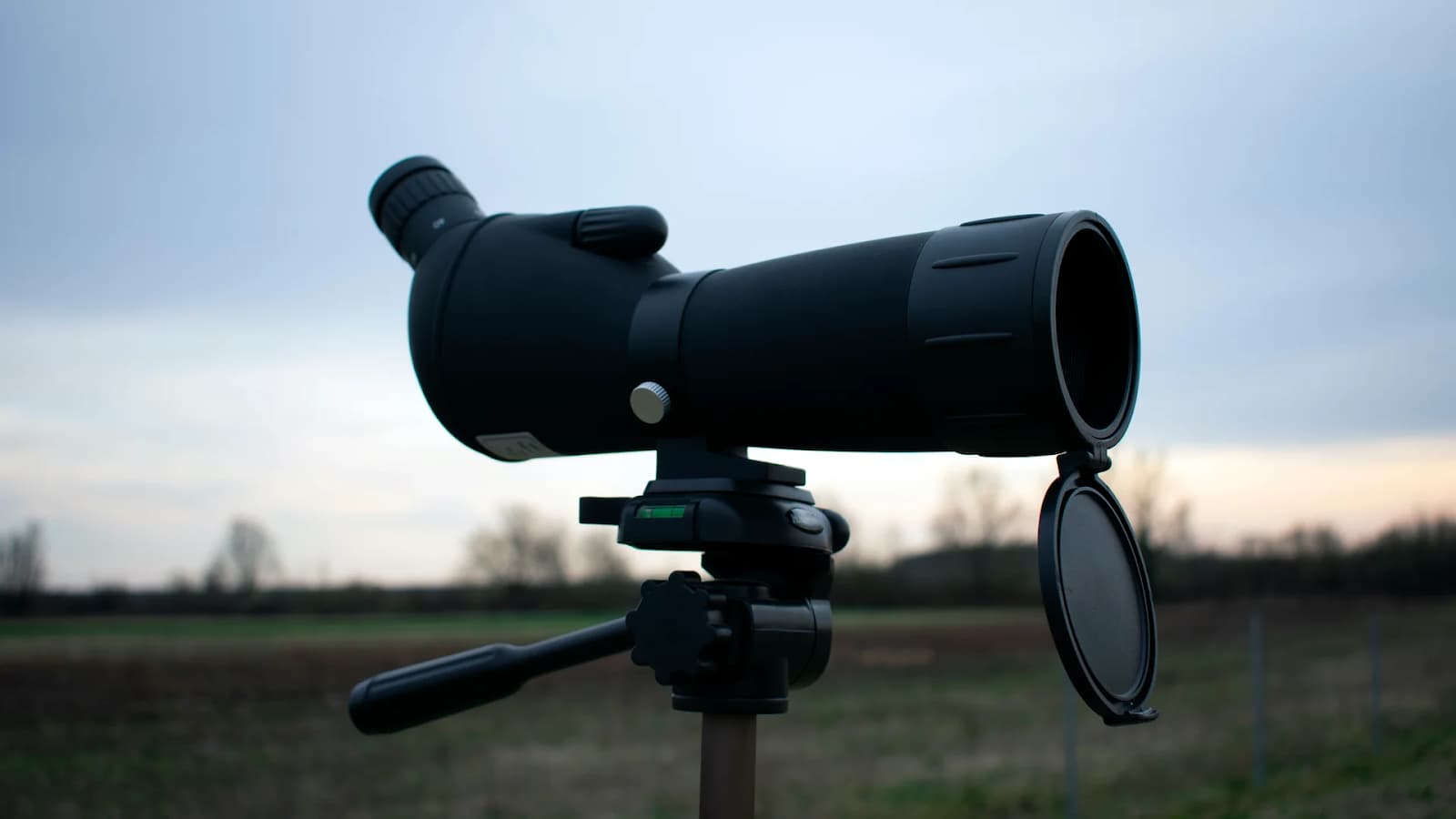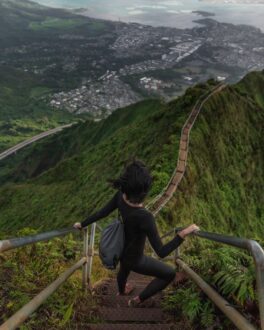How to Choose the Best 1000-yard Spotting Scopes for Birding?

Spotting scopes are vital tools for both target shooters and wildlife enthusiasts, offering the ability to view detailed visuals at significant distances. This guide focuses on the functionalities and benefits of various spotting scopes, highlighting their effectiveness at 1000 yards—a challenging yet common benchmark for quality optics. Here, we will explore features and performance factors that qualify a model as the best spotting scope for 1000 yards, ensuring you have the information needed to make an informed choice.
Overview of High-Magnification Spotting Scopes
During a recent long-range shooting championship, we extensively tested the Pentax PF-100ED, equipped with a Pentax SMC-XW 10mm eyepiece. With its 63X magnification capabilities, this scope was put through its paces under nearly ideal conditions, showcasing its ability to provide sharp and clear visuals over vast distances. Its performance is indicative of its design, which caters to both novice and experienced users by offering features such as a robust build, high contrast ratios, and user-friendly adjustments.
The Pentax’s precision in these tests highlights its suitability for detailed long-range observations critical in competitive settings.
In-Depth Review: Pentax PF-100ED Spotting Scope
The Pentax PF-100ED stands out for its exceptional optical clarity and precision, key attributes that make it a preferred choice among serious marksmen and nature enthusiasts. During our evaluation, this spotting scope consistently provided detailed images, enabling clear identification of bullet holes at 1000 yards.
Its superior performance is bolstered by a well-designed optical system that includes extra-low dispersion (ED) glass, which significantly reduces color fringing and increases resolution and contrast. Its rugged construction also means it can withstand harsh outdoor conditions without compromising image quality.
Understanding Chromatic Aberration in Spotting Scopes
Chromatic aberration, a common optical challenge, refers to color fringing seen around high-contrast subjects due to the dispersion of light into various colors. The Pentax PF-100ED incorporates ED glass specifically to counteract this issue, which is particularly noticeable under changing light conditions during scope use. By minimizing this aberration, the scope ensures sharper images with better color fidelity, which is crucial for accurate long-distance viewing. This makes the PF-100ED an excellent tool for applications requiring precise color reproduction and clarity.
How We Test Spotting Scopes
Our testing methodology for evaluating spotting scopes is thorough and multifaceted, designed to simulate a variety of real-world conditions. We assess optical resolution using standardized charts to determine how well each scope can resolve fine details. Low-light performance is tested during dawn and dusk to mimic typical field use scenarios, which are critical for hunters and twilight observers.
We also evaluate usability, considering how intuitive and responsive the focusing mechanisms are for users who may need to make quick adjustments in the field. Our comprehensive testing ensures that our recommendations are based on robust, repeatable criteria.
Essential Features of Top-Performing Spotting Scopes
For those considering a spotting scope, several key features should influence your choice:
- High-Resolution Optics: Critical for distinguishing fine details at long distances, which can be the difference in spotting game or precise target shooting;
- Durable Build Quality: A robust construction ensures that the scope can endure the elements and rough handling during outdoor adventures;
- Effective Chromatic Aberration Reduction: Look for scopes with ED glass or similar technologies that help produce clearer images;
- User-Friendly Focus Mechanisms: A smooth and responsive focusing system can greatly enhance your field experience, allowing for rapid adjustments.
Future Trends in Spotting Scope Technology
As technology advances, spotting scopes are set to see significant improvements:
- Advanced Image Stabilization: Newer models are expected to feature better stabilization solutions to combat handshake and wind effects, crucial for high-magnification observations;
- Integrated Digital Tools: Future scopes may include built-in rangefinders and ballistic calculators, offering a more integrated approach to shooting sports;
- Improved Low-Light Performance: Enhancements in lens coatings and sensor technologies are likely to boost twilight performance;
- Eco-Friendly Materials: Manufacturers are moving towards more sustainable materials in response to consumer demand for environmentally friendly products.
Comparison of Full-Size and Compact Spotting Scopes
Choosing between full-size and compact spotting scopes depends largely on your specific needs:
- Full-Size Scopes: Offer better optical performance and are ideal for static use where portability is not a primary concern;
- Compact Scopes: These are easier to carry and better suited for dynamic field activities like hiking or when traveling over long distances.
Conclusion
Selecting the right spotting scope is more than just a purchase—it’s an investment in enhancing your viewing capabilities, whether for precision shooting or detailed nature observation. By understanding the scope’s features, evaluating its performance, and considering future technological trends, you can choose a model that not only meets your current needs but also adapts to future advancements. This careful consideration will ensure that you acquire a tool that expands your visual horizons and enriches your outdoor experiences.
